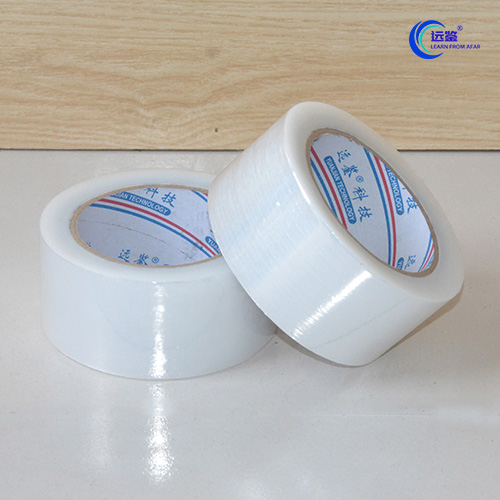Wrapping and slitting film
Splitting and winding film is made of high-quality LLDPE as the base material, mixed with high-quality tackifiers. It is heated, extruded, cast, and then cooled by a cooling roller. It has the advantages of strong toughness, high elasticity, tear resistance, high viscosity, thin thickness, cold resistance, heat resistance, pressure resistance, dust prevention, waterproofing, single-sided and double-sided adhesion, etc. It can save materials, labor, time, and is widely used in papermaking, logistics, chemical industry, plastic raw materials, building materials, food, glass, and other fields.
Standard thickness of stretch film:
1. Based on the maximum allowable number of microorganisms per unit volume or surface area, this method is mainly suitable for anti mold packaging products that are highly sensitive to microorganisms. The key is to determine the types of microorganisms in the product and their reproductive and growth patterns.
2. Based on the maximum allowable water absorption or maximum allowable dehydration of the packaged product, this method is mainly suitable for the moisture-proof packaging design of the product, and the key is to calculate the moisture permeability coefficient of the stretching film.
3. Based on the maximum allowable oxygen absorption of the packaged product, this method is mainly suitable for barrier packaging of products that are very sensitive to oxygen. The key is to calculate the oxygen permeability coefficient of the stretching film.
4. Based on the maximum allowable carbon dioxide or oxygen permeability of the stretch film, this method is mainly aimed at inflatable safety packaging of products. Products with declared activity require oxygen safety or maintain bright colors, as well as high concentrations of carbon dioxide to inhibit microbial growth and reproduction. The key is to calculate the oxygen permeability coefficient and carbon dioxide permeability coefficient of the stretch film.


